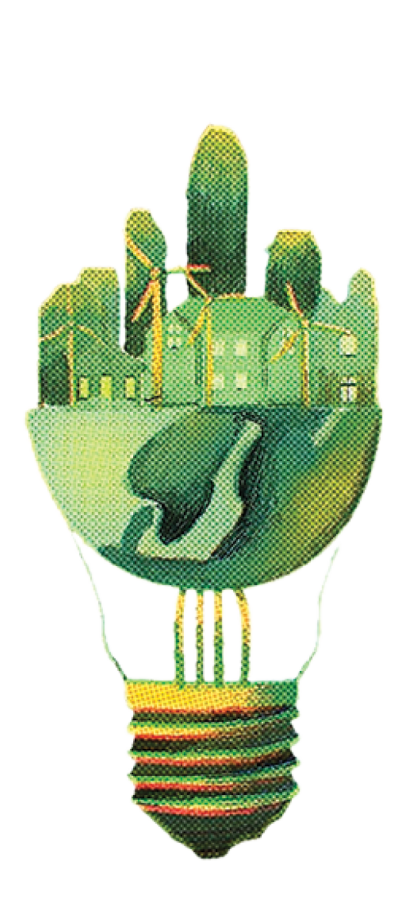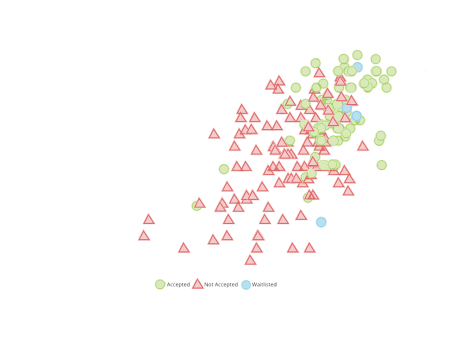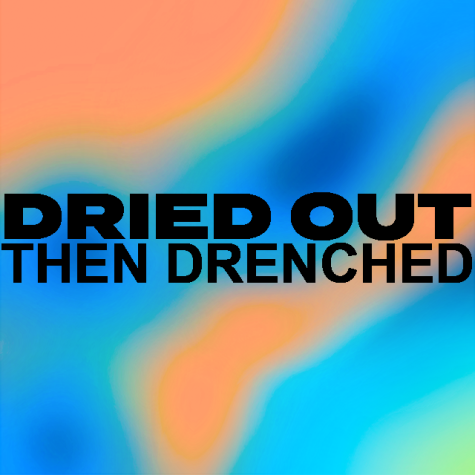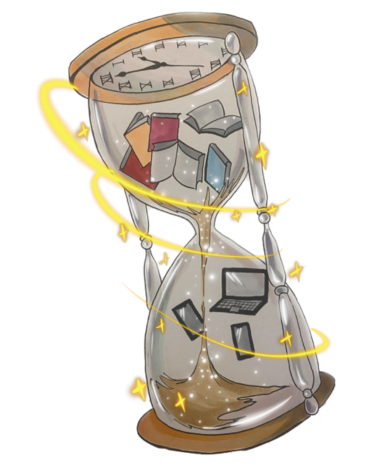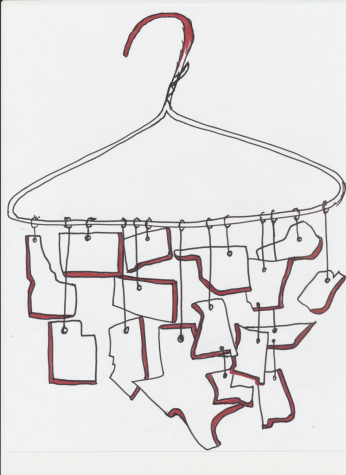Renewable Energy?
As we look towards a future without fossil fuels, what new forms of energy will be chosen to power the world?
April 9, 2023
Solar
Pro: Energy from the sun can be harnessed the fastest and is the cheapest form of renewable energy. Solar panels use simple technology and can be installed on top of houses to save space. It is collected even on cloudy days, so there is always a reserve.
Con: Some take issue with the lack of aesthetic appeal that can make panels challenging to install on top of houses. Solar farms take up considerable land, and the energy may be degraded by traveling long distances if the solar panels aren’t local.
Wind
Pro: Many windy areas are rural, and wind turbines can use this area to produce energy.
Con: Because wind power is only available when the wind blows, there is no on-demand energy, meaning that if you want to charge your car and there is no wind, you will have to wait. Like solar, the energy must travel long distances, degrading it. Spinning turbines in open spaces pose a threat to birds who are migrating through the area.
Nuclear
Pro: Nuclear plants be built anywhere to produce energy on demand.
Con: Nuclear power plants can break down, creating global catastrophes when nuclear waste spreads worldwide like Fukushima Daiichi and Chernobyl. Even in a perfectly functioning plant, toxic nuclear byproducts of the fission reactions are impossible to eliminate. Although considered “renewable,” reactors rely on splitting uranium, which is not a renewable resource. Critics believe using nuclear energy to produce power will encourage nuclear weapons and warfare.
Geothermal
Pro: Geothermal energy is a completely clean source that utilizes naturally existing steam in the ground to generate power. Existing successfully in locations like Mammoth Lakes, natural thermal energy beneath the ground spins turbines, producing energy.
Con: Geothermal energy is only available where geography allows, requiring specific geological conditions beneath the earth’s crust.
Water power
Pro: Power can be generated on demand as water is released from a dam. Dam reservoirs used can be used to store water for drinking and irrigation.
Con: In areas such as the Narmada river in India, dam construction displaces people living in riparian regions. Dams cost billions of dollars to build and, if not maintained properly, can break, creating a disaster for the ecosystems in the area. Dams change river ecosystems forever as fish struggle to migrate and sediment cannot flow through the river. Climate change is causing changing rain patterns, causing some damns not to fill as reliably as before.
Tidal power
Pro: Turbines placed in the sea can generate power for oceanfront communities with natural tidal currents that are predictable and stable.
Con: Putting a bunch of turbines into the ocean to generate power is a hard sell, as families enjoy recreating by the beach and the natural beauty of the ocean. Power generators in the water can also be detrimental to ocean life, acting as a “seafood blender.”
Biofuel
Pro: Plants can be grown anywhere, which makes biofuel accessible to the world.
Con: While technically renewable, the fuel burns faster than it is grown, making this option unsustainable. Burning plants cause toxic emissions that harm those in developing countries who currently use biofuel.
Hydrogen Fuel Cells
Pro: Hydrogen power is renewable electricity that can power a battery to a car with renewable fuel instead of requiring a long charge time. Similarly to gas, the energy harnessed by a battery is proportional to how much hydrogen fuel it contains and not the size of the battery.
Con: Reactions that create elemental hydrogen are expensive and produce CO2, a greenhouse gas. Storing pure hydrogen is dangerous because it is highly flammable and explosive.



